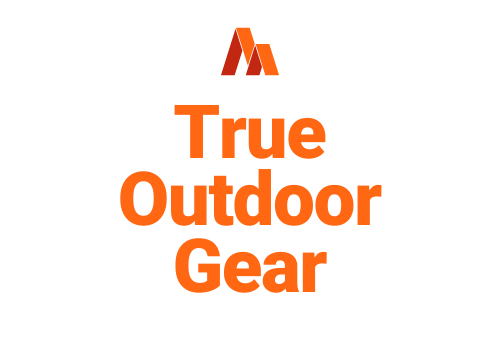Water is a vital resource that sustains all forms of life on earth. However, not all water sources are safe for consumption, especially for outdoor enthusiasts who rely on rivers and streams for drinking water. The dangers of drinking contaminated water can lead to severe health problems, including diarrhea, vomiting, and even death. Therefore, it’s essential to purify river water before drinking to ensure its safety.
In this article, we will explore five methods of purifying river water for safe consumption. Just as a sailor navigates through rough waters to reach their destination, outdoor enthusiasts must navigate through various obstacles to obtain clean and safe drinking water. The purification of river water is a crucial step in this journey, and it can be accomplished through various methods, each with its advantages and disadvantages.
Whether you are hiking, camping, or backpacking, it’s essential to have a clear understanding of the most effective and practical ways of purifying river water for safe drinking. In the following sections, we will explore five methods for purifying river water that will ensure you have a safe and healthy outdoor adventure.
Boiling Water
One of the five methods discussed by GudGear for purifying river water for safe drinking is boiling the water. This method involves the use of a campfire or camp stove and a container, and is considered the most effective method to kill all bacteria.
Boiling water requires time to build a fire and bring the water to a boil, but it is a low-cost and accessible solution for outdoor enthusiasts. This method is particularly useful in emergencies when no other purification methods are available.
It is important to note that boiling water does not improve its taste or remove sediment, so it may be necessary to strain or filter the water before boiling. Boiling water does not remove chemicals or toxins, but it is a simple and reliable method to eliminate harmful microorganisms.
Overall, boiling water is a straightforward and effective way to purify river water for safe drinking.
Filtration Systems
Hiking filtration systems operate through a manual pump or gravity feed, making them ideal for outdoor activities such as camping, hiking, and backpacking. These systems are designed to remove various waterborne contaminants such as bacteria, protozoa, cysts, algae, and chemicals. Hiking filtration systems are more expensive than other water purification methods, costing anywhere from $60 to $180, but they are effective and can filter large quantities of water.
One advantage of hiking filtration systems is that they remove toxins and chemicals, which other methods like boiling and survival straws cannot do. Additionally, they are easy to use, and the filters can be replaced when they become clogged or worn out. Hiking filtration systems are also lightweight and portable, making them convenient to carry on backpacking trips. However, it is important to note that these systems may require regular maintenance, and some models may be more durable than others.
Overall, hiking filtration systems are a reliable and effective way to purify river water for safe drinking.
- Advantages of hiking filtration systems:
- Removes various waterborne contaminants such as bacteria, protozoa, cysts, algae, and chemicals
- Removes toxins and chemicals, which other methods like boiling and survival straws cannot do
- Disadvantages of hiking filtration systems:
- More expensive than other water purification methods, costing anywhere from $60 to $180
- May require regular maintenance and filter replacement
- Some models may be more durable than others
Water Sterilization Tools
Water sterilization tools utilize UV light to eliminate harmful microorganisms from outdoor water sources. These devices are effective in destroying bacteria, viruses, and protozoa, making them an ideal option for purifying river water for drinking.
The process involves exposing the water to UV light, which disrupts the DNA of the microorganisms, rendering them harmless. The tools are compact and portable, making them a convenient option for hikers and campers who need to purify water on the go.
However, water sterilization tools do have some limitations. They require clear water to be effective, and any sediment or particles in the water may reduce their efficacy. Additionally, the tools require a power supply, which may not be readily available in remote outdoor locations.
Pre-filtering the water may be necessary to remove any particles or sediment before using the sterilization tool. Despite these limitations, UV sterilization tools are a highly effective method for purifying river water for drinking, and they are a popular option for outdoor enthusiasts.

